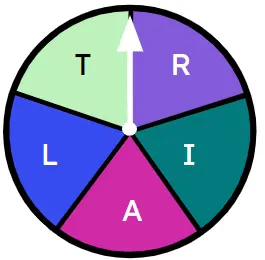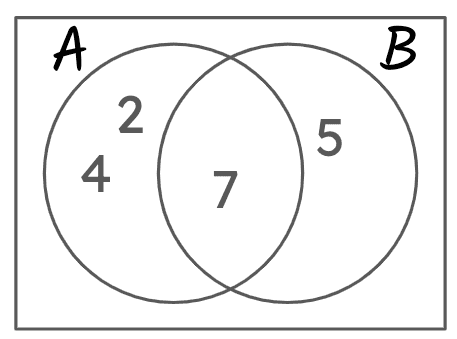Myths about teaching can hold you back
Learn why
New
New
Lesson 6 of 13
- Year 9
Calculating theoretical probabilities from Venn diagrams (one event)
I can find theoretical probabilities from a Venn diagram showing the possible outcomes for one event.
Lesson 6 of 13
New
New
- Year 9
Calculating theoretical probabilities from Venn diagrams (one event)
I can find theoretical probabilities from a Venn diagram showing the possible outcomes for one event.
These resources were made for remote use during the pandemic, not classroom teaching.
Switch to our new teaching resources now - designed by teachers and leading subject experts, and tested in classrooms.
Lesson details
Assessment exit quiz
Download quiz pdf





